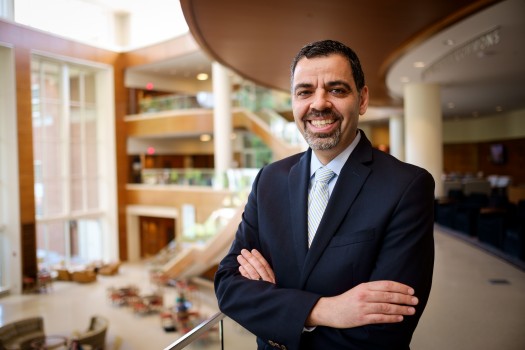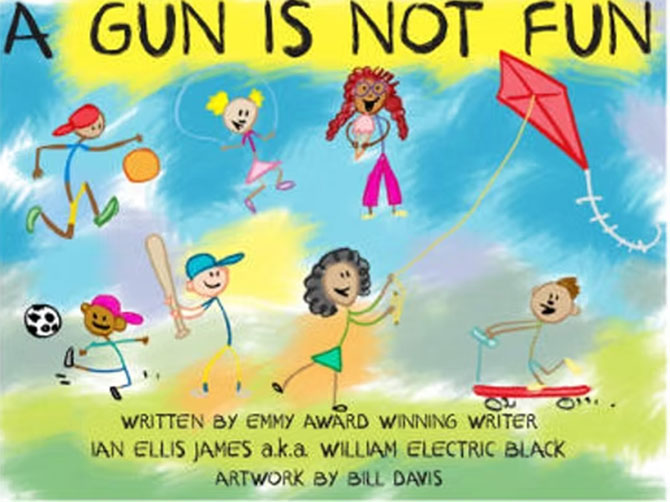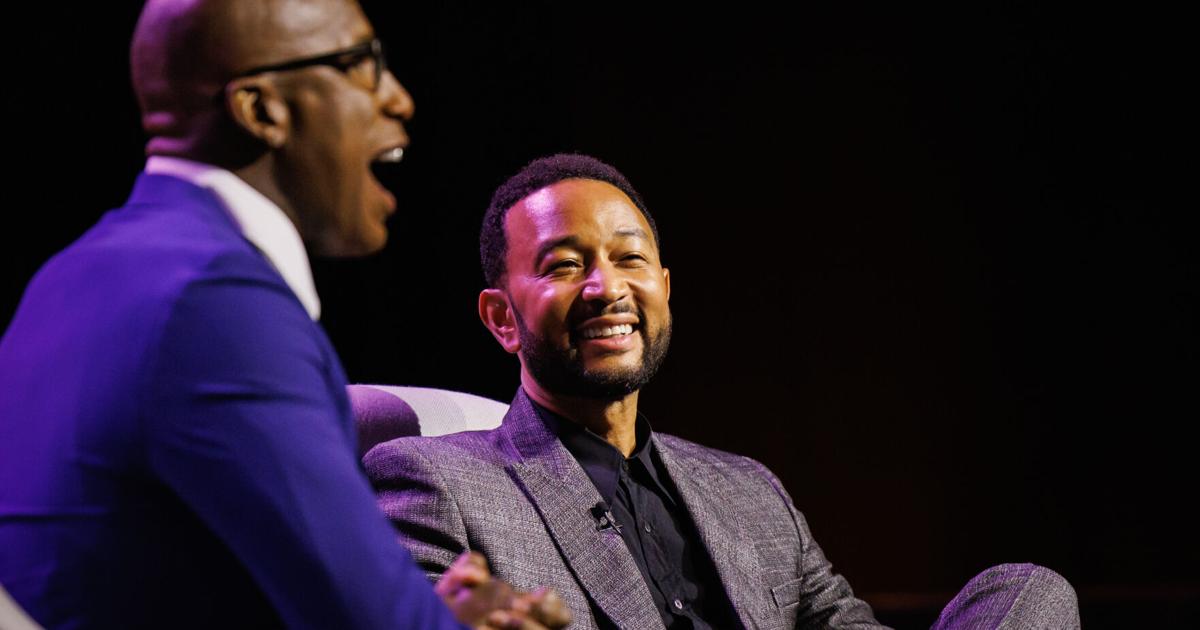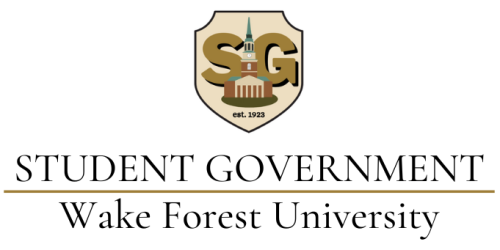Charles Iacovou, the dean of the School of Business, spent his summer leading the steering committee for the university’s response to COVID-19. Eventually helping to produce the Our Way Forward Plan, Iacovou and the committee have played a key role in helping the university prepare to reopen campus this fall. In this interview, Assistant News Editor Jessica Mark speaks with Iacouvu about the university’s testing and tracing plan, what would happen if there is an outbreak, and how Wake Forest will foster a socially distanced community.
Will all students and faculty be required to get a test upon arrival to campus? If not, under what circumstances will a test be ordered?
As mentioned in our announcements, we will be pursuing a comprehensive “screen-test-protect” approach, which is described on our ourwayforward.wfu.edu website, and will be updated as we move forward and share more details. Testing will be a critical part of the overall strategy and know that some other schools are going to do what is called “entry-testing.” Although there are [many types] of testing that will be happening throughout the semester — there is testing through swabs, there is point of care testing, there is antibody testing — I will answer the question about entry testing, but I recognize there is a lot of complexity around issues of testing because of the multiple tests and multiple administrations that you can pursue at the beginning of the semester and later on.
As for the entry testing that some schools have announced, we have studied that topic extensively and we continue to study it. So, what I’m about to share is our answer as of today, which may change as we go down the road. I can tell you the CDC came out with guidance — I want to say about ten days ago — advocating against such testing. What I am about to share is based on government recommendations, expertise, and a number of other things. The short answer is we will not be pursuing universal entry testing for everyone as a requirement. However, if a student, faculty member or staff member wants to get that test, we will make it available to all of them. So, in other words, it’s an available option, but not a required option.
There are certain exceptions where testing will be required. Students will be asked to do some at-home screening. Students will also be answering those screening questions while they are on campus on a daily basis. Depending on the answers students give to those questions (i.e., whether they have symptoms, whether they are in risk categories that we are concerned about, or other factors), we might ask them to do testing before they get here. So, the answers that students will be providing and the data that we will be collecting will guide us on testing requirements. Let’s say you, in your case, are not being asked to be tested. You can still choose to do testing on your own if you believe that it will be important before you get to Winston-Salem.
I was reading on the Our Way Forward website that while we’re on campus, there is a self-reported app where we can discuss our symptoms (I think this is what you were mentioning earlier). Will this self-reported app form the basis for a decision about whether or not we should get tested while we’re on campus?
Yes, that will be one of the inputs; although, we’ll have other factors. So, let’s just assume that you’re staying in a residence hall that we’re specifically concerned about. Testing will have nothing to do with how you respond on that app, but we would have another reason to be concerned that perhaps you should be tested or engage in some way in more precautionary steps. We’ll have a comprehensive set of variables that we’ll be looking at, and the data that you and other students provide will be one of the critical factors that we’ll be considering.
Okay, so let’s say you were to be concerned about a specific residence hall, or a student who was in a class where one student tested positive. How would the contact tracing approach work? How would you be able to identify people that might be at risk and need a test?
The risk may not be simply because of a specific interaction that happened on campus. It could be because you traveled to a destination that is high risk (like going home for the weekend to a place that has a lot of cases). Determining the risk of an individual is not always limited to campus interactions. I just want to make sure that we understand that.
Back to the question that you asked me: tracing. We will have a number of professional colleagues who are being trained by using the Johns Hopkins training material on how to be effective tracers. We are also collaborating with public health authorities here in Winston-Salem because we have to collaborate and there’s regulation that we must adhere to in our reporting requirements when we identify cases. We have contemplated doing tracing automatically or through human interaction, and at this point, we believe the most effective outcomes will be achieved through human interaction.
Knock on wood, but let’s say that you have a case. A human being/a professional staff member will reach out to you (via email, phone, etc.) and get your history to help us understand the potential contacts that you may have had with other students, faculty and staff members, or community members beyond Wake Forest. Then, we will take that information, and we’ll notify those potential suspect cases anonymously. In other words, they will never know that it was because of an interaction with you. They will just know that because of their interactions — it won’t even say a specific class or building — they will need to take certain precautions (i.e., testing). To ensure that separation exists and to protect people’s privacy, in all likelihood, the person who will be interviewing you will be different than the person doing the notifications to the other people. So, there will almost be a wall between the information to prevent violations of privacy.
Let’s go back to the classroom. What a contact means for tracing reasons is determined by CDC guidelines and it has to do, for example, with the duration of the engagement (50 minutes). It’s not just that every pass-by qualifies as a potential contact and suspect case. In fact, if you’re masked and if you’re 6 feet apart, CDC guidelines don’t suggest, if my understanding is accurate, that that will be classified as a contact. Based on the scientific evidence they have, they believe the risk of transmission is low and therefore it’s not to be classified as a contact. Many of us think “Oh, I was in the same room as somebody who had it and all of the sudden, I am going to be traced and isolated.” This isn’t necessarily true. You have to meet certain criteria, including duration necessary of interaction, to be able to identify someone who needs to take extra precautions.
Right. We’ve learned since the beginning of the pandemic that some people, particularly college students, might be asymptomatic even though they would test positive. Is there any way that the University can identify positive cases even in students who may be asymptomatic?
Yes, there are several steps that we are contemplating. It might be random testing, which is something that we are considering pursuing. In other words, you may be asymptomatic, but you might be randomly invited to be tested and we would find out that indeed you are positive.
Another tool that we are contemplating using, and I will give you a disclaimer at the end about all of this, is what is called pool testing. I’m going to simplify this for explanation purposes. Let’s say on a single floor of a dorm, we collect swabs from all those residents. Then, if we take a piece of the material that has been collected from all 20 [residents], put it in the testing machine, and it comes back negative, all of the sudden we know that nobody out of the 20 has it. If it comes back positive, then you have to go back to the material that still sits on the swabs for those 20 individual ones and do second-round testing at the individual level to pinpoint the specific students or colleagues that are positive. So, there are tools that enable us to go underneath the asymptomatic positive cases and our medical experts are advising us on how to explore those.
Let me say something in general as a disclaimer that I’d like to give: for the most part right now, every university is guided by the latest science and medical advice. At Wake Forest, I can tell you that we’re very evidence-based and science-based in our planning. However, at every university out there, at this point our view and our plans have not been fully empirically tested because it’s not August yet. So, as August arrives — and we’re going to see some schools that are operating earlier than us and learn from their experiences — we may have to refine anything I have just shared with you. Does that make sense?
Yes. I was actually looking online, and I think Notre Dame is one of the schools that starts earlier than we do. It’ll be interesting to see how other schools respond to the reopening and how that affects our plans. As you were saying, I know Wake Forest is very evidence-based. One of the things I’ve been looking at is the positivity rate in Winston-Salem. Is there any specific data that Wake Forest is looking at, whether it is the positivity rate or hospitalizations in Winston-Salem, where if a certain threshold is reached, plans might change and students would have to return home?
As I mentioned earlier, we will have a process that looks at a number of dimensions. Remember we talked about the data from the screening application? That’s just one input. There will be a number of other dimensions that will be constantly monitored to make sure that we have a good handle on what’s going on at that given moment. But equally as important, if not more important, to have a forecast about what we’re likely to encounter ahead. And the dimension that you mentioned, positivity rate, is something that is on our list for monitoring not only in the community, but actually on the Wake Forest campus as well. So, think of this as a concentric circles kind of assessment: we need to know what is going on on our campus, both in Winston-Salem and Charlotte, and we need to know what is going on in our immediate community that is adjacent to our campus, the city of Winston-Salem.
We also need to know what’s going on in the state and beyond. For example, if we forecast that we might have a problem in let’s say three weeks, and some of the states are shutting down, we want to be able to get you home three weeks from now. So, we have to also be monitoring the national and international landscape as well.
It’s a complicated monitoring system. It’s really the executive leadership of the University that will be doing this monitoring with our medical experts on a regular basis, and it is our intention at this point not only to have [this data], but to share at least some summary of that monitoring on an ongoing basis with you and your professors and the staff that we have so all of us can make informed, wise decisions about the choices that we’re making. It is our intention to have a broad monitoring approach using a dashboard of indicators and then share the results of those ongoing, periodic reviews with the whole community.
I read on Our Way Forward that some popular spots, like the gym and the library on campus, will now have sign up times for students who want to use them. I don’t know if you have any details about those processes yet, but will they work on a first-come-first-serve basis or will there be a cap on how long a student can stay in one of those locations?
It’s too early to give all the specifics. Let me just share a couple of principles that might be helpful for other students so they can understand a little more about what this may look like. First of all, it is true that common spaces, be it the library, dining, gyms, other study spaces or interaction spaces, will have to take measures in place to contain the flow and the volume of people that are physically present at any given time. This is for your own protection, and for ours. What you just mentioned, a reservation system, is only one such measure. There will be a number of others. There will be a reconfiguration in the spaces themselves. We’re planning to remove furniture, for example, so when you walk in, let’s say to the Pit to get your meal, you will get a visual cue about whether there’s space for you to sit down and eat or not by just looking at how much furniture is available. That’s another measure that has nothing to do with reservations.
Another measure we’re looking at is apps that will monitor the volume of presence (i.e., how many students are in a dining hall) and you can look it up remotely on your phone and you can say “Oh, the Pit is full. I’m not going to go right now; I’ll go later.” That’s a different measure, again, from a reservation system. I’m only sharing this to tell you that we have, if you will, a spectrum of strategies that we’ll be pursuing, and reservations and blocking will be one of them. It won’t be the only one, and at this point I don’t think we have derived specific rules to govern the reservation system yet.
I don’t know if you know this, but in North Carolina, at this point gyms, according to government guidance, are not to be opened yet. Our governor just expanded that order for three more weeks. I’m contextualizing your question a little bit to tell you that we could have a great reservation system, but if government orders prevent us from opening the gym, it won’t be open.
Right, I understand. Another topic is about visitors on campus. I know that Wake Forest wants to keep people on campus and try to keep campus as safe as possible (i.e., cancelling Fall Break). What will campus visits look like this Fall, whether it’s prospective students looking to tour campus, or family members looking to visit children?
Our aspiration as a university is to create a thoughtful arrangement that really balances multiple objectives, but the two critical ones are the health of our community, that’s the most critical, and the academic mission of the university. How do we create an arrangement that is not sterile or unfulfilling to you, but also address the health needs of our community in a way that we feel is appropriate? We want to balance the need between opening up our campus so prospective students and their families can come visit while not taking undue risk that puts you in a place that you and your family would not want to be in because we are crowding the campus.
I’m going to give you a principle again, just like I did before — in general, to achieve the balancing act, we’re going to try to de-densify the campus by controlling the flow in some spaces like we discussed, by inviting some of our faculty and staff members to work from home, by making appointments for visitors as opposed to just allowing them to walk in freely. Let me also just tell you that there’s even complications when visitors come in with appointments. As visitors arrive to our campus, they need to be aware of our policies about masks and other policies that we have. They need to read those policies. We need to notify them of what we expect before they come to campus. This is something that we typically didn’t have to do before, but we now have to ensure that all of that has happened before they come to campus. So, visitor arrangements are going to be a little bit more regulated than they have been in the past.
We also recognize that, you know, sometimes you are going to need someone to show up to help you in some way. So we want to think about those situations and make sure we manage them appropriately.
Okay. Not just for visitors but also for students on campus everyday, any measure will only be as effective as the willingness of people to comply with that measure. So, Wake Forest may have a measure that everyone needs to wear masks, but what is the plan to, if necessary, enforce compliance with that measure?
I have to say, I feel especially good about this part of the work that we have to do. This is probably the most critical part of our plan for the Fall. How do we provide ownership to students and others so that they feel fully invested in adhering to the expectations that we have for each other? That’s the only way that we’re going to optimize what we’re trying to do here.
So, back to the student population specifically — I don’t know if you know this, but our student life colleagues specifically have been working with a number of student leaders over the summer to create a Social Compact that is student-derived to be implemented in a way that feels not trumped to students, that acknowledges their needs, and, at the same time, sets high expectations about how we’re going to behave including mask-wearing, reporting symptoms truthfully, completing the steps that we want you to take, making sure that vaccinations are up-to-date for those who don’t have exceptions. There are a number of steps that must be completed and how you create a sense of ownership and community responsibility is critical. I feel really good about that part.
Let me tell you, I am convinced, and I hope you feel this way Jessica, that we can turn our sense of community into a strength and strategic asset. If you’re at a university where you believe you are just one of many or a number, it is much less likely that you will care about the communal aspect of what we’re talking about. But if you believe that this is your home, your community, and where you belong, then I will suggest that your level of responsibility is going to go up. I feel like we’re very fortunate at Wake Forest to have really mature students. We have truly committed faculty, staff, and leadership that take all of this very seriously. I would feel a lot more worried if I wasn’t at Wake Forest. So, my level of confidence is high, recognizing the challenges you are thinking about.
Right, and I can tell you that as a student, I will be doing my part to do the best that I can. Pre-pandemic, the magical campus environment at Wake Forest would include many in-person gatherings. Can you talk a little bit about how that’s going to change now? These gatherings might include sporting events, Greek Life events, etc.
That’s a great question and something we have spent a lot of time on. It’s easy to follow the science. What’s challenging is to take this environment and make it livable, fun, educational, and engaging for students. And for faculty and staff — they don’t want to come to a work environment that is so taxing and takes all the joy out of it. We have always spent considerable time designing what we believe will be a good balance between the learning experience, the student experience and the application of the needed health measures that need to be in place. I’m going to keep playing the duality because it’s critical. So, we’re spending a lot of time deriving a blueprint and a plan for the student experience outside of the classroom.
Right now, you and your classmates have only seen a slice of the student experience as it speaks to course delivery. You haven’t seen how you’re going to get career services support or what you’re going to be doing on Friday nights when the spaces are not as open as they used to be. With the help of the student leaders I mentioned earlier, the [Division of] Student Life colleagues and others across the whole university, we are working on a plan for that side of the equation. We’re thinking about concerts, for example, in the football stadium so we can allow people to be spaced out. Do we acquire spaces off-campus just to create a larger footprint of facilities? Because of the social distancing requirements, not everybody who used to be able to find a space will be able to find a space now because of the lower density. How do we supplement our physical capacity? There’s a lot of, again, strategies we’ll be pursuing with help from student leadership. We don’t have a full answer to the question you’re asking, but I can tell you it’s at the forefront of our planning efforts as we go forward.
















XY Z • Jul 22, 2020 at 12:40 pm
This was super informative! Thank you for the article! I’m glad to read that the University is sensitive to conditions both on campus and in Winston-Salem, and is prepared to modify its plans should data such as the positivity rate continue to rise (12.1% as of disclosures made on Tuesday, 7/21).